I have finally completed the write up of the third and final part of my walk to find the pubs of the City of London in July 2020. At the end of the last post, I had reached 26 Furnival Street, and my final set of pubs runs from Farringdon Street to Aldersgate Street via Smithfield.
Before starting with the first pub of this final stage, the following map brings together all the pubs that I walked to in the City of London. Clicking on the appropriate marker will take you to the pub in the appropriate post.
Error: The map ID (4) does not exist
From Furnival Street at the end of part two, I walked east to Farringdon Street to find the:
Hoop and Grapes – Farringdon Street
The Hoop and Grapes is an early 18th century pub squeezed between two buildings of much more recent construction.
The pub was built on a part of St Brides churchyard that was remote from the church,
The pub was near the Fleet prison and the course of the River Fleet. The Hoop and Grape’s website claims that the pub was the site of “Fleet Weddings” which is entirely possible. Fleet weddings were weddings performed outside of the normal process for conducting weddings. They were held when couples did not want to hold a wedding at their home church, when they had to be held quickly, or with some secrecy. An article from the May 1867 edition of the Cornhill Magazine provides some background to Fleet weddings:
“In the days of which we are writing, a large number of dissolute clergymen were to be found within and about the Fleet Prison. Some of these were confined in the prison itself; other of them, although also detained for debt, being privileged to reside within the local of the Fleet. These men discovered in the recent order of the Ecclesiastical Commissioners the means of their own pecuniary benefit.
They at once espoused the cause of candidates for clandestine matrimony, and undertook to meet the popular demand. They began to marry couples on application, without notice and without publicity, the only requirements being the payment of fees; and the amount of these fees was permitted to vary, according to the pecuniary capacities of the applicants for matrimony, although, as we shall hereafter see the parsons invariably secured as large a remuneration for their services as possible.
The marriages were at first often solemnized in the Fleet Chapel; but the Act at length put an end to their celebration there, and henceforth they took place in various brandy shops and other places in which the parsons lodged, or still oftener in certain taverns which came to be known as regular marriage houses, the landlords whereof derived their profits from matrimony just as they did from malt liquors. In many cases rooms were especially fitted up for the performance of the marriage ceremony, and these apartments were often dignified with the title of ‘chapel’ the name of a saint being sometimes prefixed to the word chapel in the ordinary manner. As soon as the Fleet became associated in the public mind with clandestine marriage, it was voluntary resorted to by many abandoned clergymen”.
So the next time you drink at the Hoop and Grapes, remember the many clandestine marriages that probably took place within the building.
The Hoop and Grapes had a special licence for many years, allowing the pub to open between two and five in the morning for the convenience of printers who worked in nearby Fleet Street. The licence only allowed the pub to serve those working in the newspaper trade, and other trades which involved night or early morning working, such as London’s markets. Pubs that held these special licences often were not too careful in checking that their customers worked in the allowed trades.
In March 1894, the landlord of the Hoop and Grapes was fined £5 for serving persons who were not connected with the newspaper or market trades.
The Hoop and Grapes was under threat of demolition in the 1990s, when the buildings surrounding the pub had already been demolished. The building was saved and Grade II listed in 1991. The Historic England listing states that the pub was built for a vintner around 1720 and converted to a public house in 1831, and that brick vaults in the basement are thought to be part of 17th century warehousing vaults built in connection with the formation of the Fleet Canal.
Full view of the Hoop and Grapes:
Leaving behind the Hoop and Grapes, I cut through from Farringdon Street to Limeburner Lane, then up Old Bailey to find:
The Viaduct Tavern – Newgate Street
The Viaduct Tavern was undergoing some external renovation and would have been open under normal circumstances.
The Viaduct was built between 1874 and 1875 with latter interior changes between 1898 and 1900 by Arthur Dixon. Without the scaffolding, the Viaduct is an impressive later Victorian, curved corner pub, and is Grade II listed.
There are a number of legends / urban myths about the Viaduct. It is claimed to be one of the most haunted pubs in the City, and also that the cellars were once the cells of Newgate prison, which was across the road. Even Google maps describes the Viaduct as “Pub in former jail”
Not something I believe as they look like normal beer cellars with racking for barrels and bottles, not cells. If they were I would also have thought they would have been part of the Historic England listing.
From the Viaduct, I walked up Giltspur Street to West Smithfield to find:
The Bishops Finger – West Smithfield
The Bishops Finger is on the west side of the street that circles round the central space in West Smithfield. A late 19th century building with some rather ornate decoration between the top two windows:
The Bishops Finger name dates from 1981. The pub had been purchased by Shepherd Neame in the 1970s, and the change in name was to name the pub after one of their leading beers.
The pub had originally been called the Rutland and had also been the Rutland Hotel.
Above the first floor window on the right is the year 1890 which dates the construction of the building, however there must have been a previous establishment called the Rutland on the site prior to the 1890 build. Newspaper reports of a Rutland in West Smithfield include an advert on the 19th October 1864 in the Clerkenwell News for “Girls (Two clean, respectable), wanted, 16 or 18 , used to a Coffee House, must be able to wash. The Rutland, Smithfield”.
So the Rutland was probably a coffee house before changing to a hotel and pub which may have been when the new building was built. The name Rutland may have come from the old English county of Rutland.
The Duke of Rutland was a frequent exhibitor of cattle at Smithfield and the Rutland Agricultural Society were frequently involved with Smithfield, promoting the agricultural produce of their county.
The pub sign today, reflecting the pub’s current name:
Sign in the window summing up the position of City of London pubs in July 2020:
According to the Bishops Finger’s website, they are still closed, so not yet back to normal.
West Smithfield is ringed by a number of pubs in addition to the Bishops Finger. The proximity of Smithfield Market would have generated large amounts of business for these establishments. Across the central space from the Bishops Finger is:
St Barts – West Smithfield
I was not sure whether to include the St Barts. It is not a traditional pub, but as it occupies such a prominent position in West Smithfield I have included it in the post.
Named after the local hospital, the St Barts is owned by the Hush Heath wine estate in Tonbridge, Kent. It seems to be more of a wedding venue, and available for event hire, with operation as a walk in pub during the week. Before being called the St Barts, it was a business known as Jamies Bar, however I believe the building was originally a bank.
On the corner facing Smithfield is the date “Erected 1885”, which gives a clear date for the building, however on the side of the building facing Long Lane are the words and date “Established A.D. 1825”, so I am not sure exactly what was here, and what was established in 1825.
Another pub that is only a recent pub is the:
Butcher’s Hook and Cleaver and Fuller’s Ale and Pie House – West Smithfield
I have bundled these together as although they look like very different pubs, they are both owned by Fuller, Smith and Turner and are effectively a single pub. The Fuller’s Ale and Pie House is the corner building and the Butcher’s Hook and Cleaver is the building on the immediate left.
They were both opened in 1999, with the corner building originally being a Midland Bank, and the building to the left were the offices of a meat wholesalers.
Walk into Cloth Fair, the street alongside the Fuller’s pub and there is an old pub:
The Rising Sun – Cloth Fair
The Rising Sun occupies a corner position on Cloth Fair, with the narrow Rising Sun Court running alongside the pub down to Long Lane.
The Rising Sun is an old pub that has kept its original name for the last couple of centuries. The earliest written reference I can find to the pub is from the Morning Advertising on the 29th December 1818, when the landlord of the Rising Sun, a Mr Swift was one of the stewards for the 25th anniversary celebrations of the Friendly Society of Licensed Victuallers.
A pub has probably existed on the site for several centuries, as a survey in 1616 recorded a pub called the Starre Tavern in the same location as the Rising Sun.
One of the more unusual references in newspapers to the Rising Sun dates from 1945. During the war, businesses bombed out of their normal building had to find temporary offices and in October 1945 the Maurice Dixon Musical Service, who provided orchestral services to theatres in the West End were advertising that their temporary address was the Rising Sun.
The pub sign of the Rising Sun:
The Rising Sun was closed in the early 1970s, but fortuently the pub was purchased by a brewery and opened later the same decade. The state of the Rising Sun in 1971 can be seen in the following photo from the London Metropolitan Archives, Collage collection. I suspect anyone seeing the pub at the time would not have expected it to survive.
Image credit: London Metropolitan Archives, City of London: catalogue ref: SC_PHL_01_022_71_1551
The Rising Sun is a lovely pub at any time of year, however my favourite time to visit is during a winters weekend evening when the streets around Cloth Fair are quiet and the light from the windows of this small corner pub offer a warm welcome.
The view from Rising Sun Court up to St Bartholomew the Great:
From Rising Sun Court I walked along Long Lane to find one of the few businesses that was busy – having just been allowed to open.
Further along Long Lane was:
Old Red Cow – Long Lane
The Old Red Cow is a lovely red brick building facing onto Long Lane. The lower left of the ground floor is an alley which leads through to the passages between Cloth Fair and Long Lane.
As with the Rising Sun, the Old Red Cow is an old pub. Although the current building dates from 1854, a pub with the same name had already been on the same site. The first reference I can find is from September 1803 when the Old Red Cow was one of the places involved with the trial of someone who was alleged to have stolen a parcel of valuable Spanish wool.
Facing onto Smithfield Market, the Old Red Cow was popular with market workers and the market must also be behind the source of the name of the pub.
Walking through the alley next to the Old Red Cow, I walked back into Cloth Fair to find:
The Hand and Shears – Cloth Fair
The area around Cloth Fair really does have some good pubs, and the Hand and Shears at the junction of Cloth Fair, Middle Street and Kinghorn Street is one of them.
The Hand and Shears was one of the pubs photographed by my father in 1952:
The Hand and Shears has a fascinating history, including involvement with the Bartholomew Fair held on the fields of Smithfield.
I have written a full post dedicated to the Hand and Shears which you can find here.
From Cloth Fair, I walked to Aldersgate Street, then south to St Martin’s-le-Grand for my final pub:
Lord Raglan – St Martin’s-le-Grand
The Lord Raglan is squashed between a couple of office blocks. It is a pub with a long history.
The current building dates from 1855 when the previous pub on the site became the Lord Ragland Hotel.
A pub has been on the site since at least the 16th century, when it was known as the Fountain. It later became the Bush, and then the Mourning Bush. The source of the name “Bush” is interesting as it dates from the times when many people were illiterate and picture signs directed people to the right place. The Globe in September 1903 referenced the pub in St Martin’s-le-Grand:
“And before inn signs became the heterogeneous, unmeaning medley of heroes and landowners heads, of blue boars and other heraldic monstrosities, there were two or three emblems which were the chosen sign of the the vintner’s and ale-seller’s trade. Some used chess-board pattern on their shutters and so became known as the Chequers, a name still used; but the common signs were the red lattice and the ivy bush. It is of course from this ancient vintner’s custom of hanging out a green bush as a sign that we get our proverb ‘Good wine needs no bush’
The bush was always of ivy, the custom thus preserving the association of ivy with Bacchus which takes us back to classical times.
A tavern-keeper in Aldersgate Street, when Charles I was beheaded, painted his artificial bush black, and his house was long known as “The Mourning Bush’ at Aldersgate. To ‘beat the ivy-bush’ became a recognised slang phrase for the habit of tavern-frequenting.”
The article refers to the Mourning Bush being in Aldersgate, and this street name seems to have been used as well as St Martin’s-le-Grand as the pub was so close to the junction of the two streets and the site of the original City gate.
The pub changed name during the Crimean War to Lord Raglan.
Lord Raglan was Field Marshal FitzRoy James Henry Somerset, who in 1854 was commander in chief of the British troops during the Crimean War.
Lord Raglan now looks out over St Martin’s-le-Grand from the sign of the pub that bears his name.
The Lord Raglan ended my walk around the pubs of the City of London in July 2020.
When writing this post I checked the web site of many of the pubs I have covered, and a number of them are still closed, and there must be concern for the future of many of these institutions.
Train travel and passenger numbers on the Underground are still a fraction of their pre-March levels. The majority of City workers are still working at home, and I suspect this will be a long term trend.
I downloaded the latest transport data for London from the Government Statistics website. This has data comparing passenger numbers on each day as a percentage of the equivalent day in 2019. I created the following graph using the data in the spreadsheet from the 1st March 2020 to the 10th August 2020, showing the percentage against the equivalent day in 2019 for travel on the London Underground:
The graph shows that last Monday, the 10th August, travel on the Underground was still only 28% of the same day in 2019. The situation for London buses is better, but still very low compared to a normal day:
The drop to zero is the period when Transport for London introduced the middle-door only boarding policy, with no requirement to touch in, so obviously lost any meaningful passenger number data.
The graph shows that on Monday 10th August, bus passenger numbers were still just over 50% of the number on the equivalent day in 2019.
The Government site does not have London specific National Rail data, however it does have comparison data covering rail traffic across the country, so London will be included in these figures. Again up to Monday 10th August, however the last 7 days are provisional so will be updated with final figures. The graph does show a similar drop in rail usage, which if you have been to any of London’s main stations will be easily confirmed.
These graphs reflect not just the work at home approach, but also the loss of tourism in London, which will also drastically impact so many businesses and jobs across the city.
On the days I have been in the City over the last few weeks, it has been a shadow of its former self. The streets are quiet, many of the take away food shops are still closed, there are few workers in offices.
Businesses will realise that they do not need everyone in an expensive office, every day, indeed many of the large City financial companies have already announced that they do not expect staff to have to work onsite in the City, full time, in the future.
Technology has for some time enabled many office based jobs to be done from anywhere and the Covid pandemic has accelerated the deployment and take-up of this method of working. Workers will also realise they can make substantial savings in terms of the cost and time of travel.
There will always be a need for people to work together, in an office for specific activities, and it is essential that there is a level of human interaction. I suspect that numbers of City workers will gradually rise, but will never get back to pre-March levels. Many City workers will get to a mix of work from home and work from office.
The impact on the City of London will be interesting to see. Will there be sufficient business to support not just the pubs, but all the other businesses that rely on many thousands of commuters travelling into the City, five days a week.
Will the City need so many steel and glass office towers, and will some of the planned future towers be built?
I will aim to take a walk around the same pubs as I have covered in these three posts in five years time. I hope I will find they are all still in business.






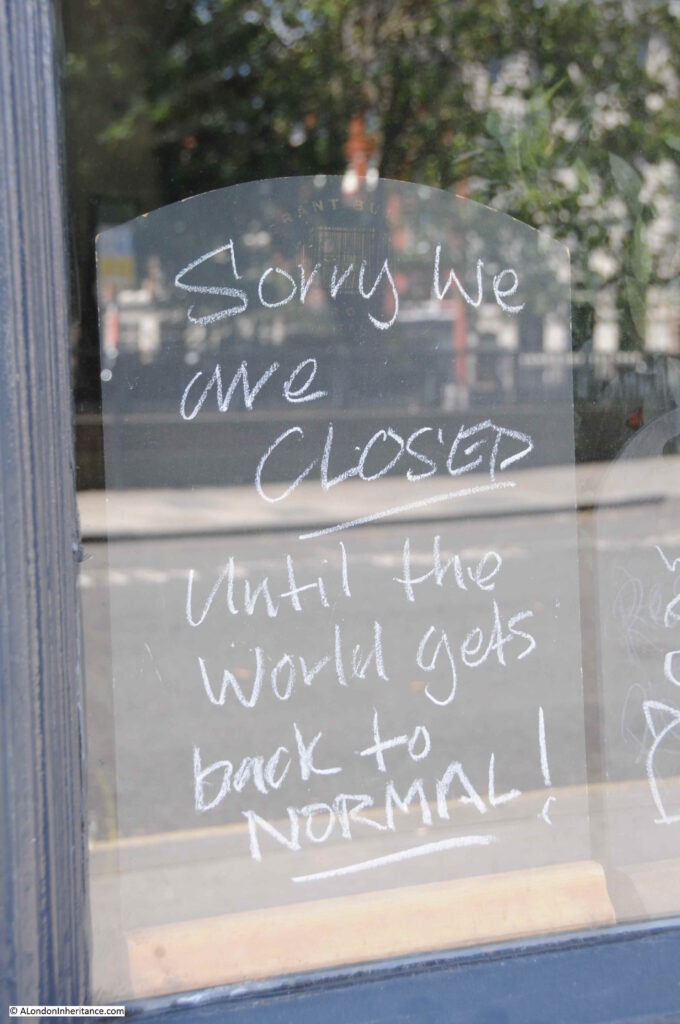


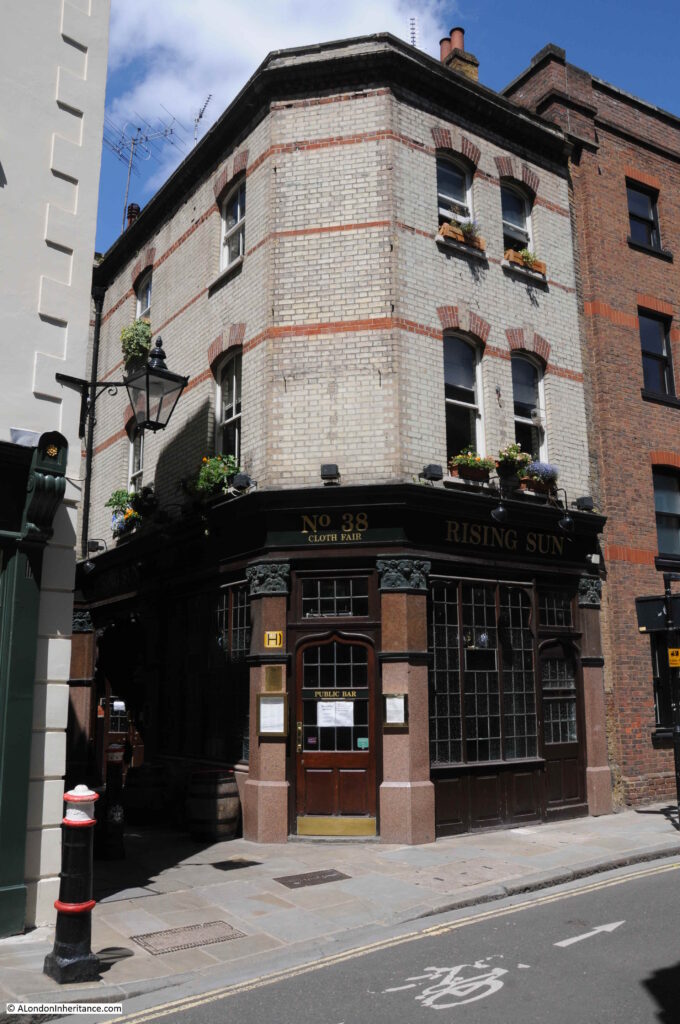
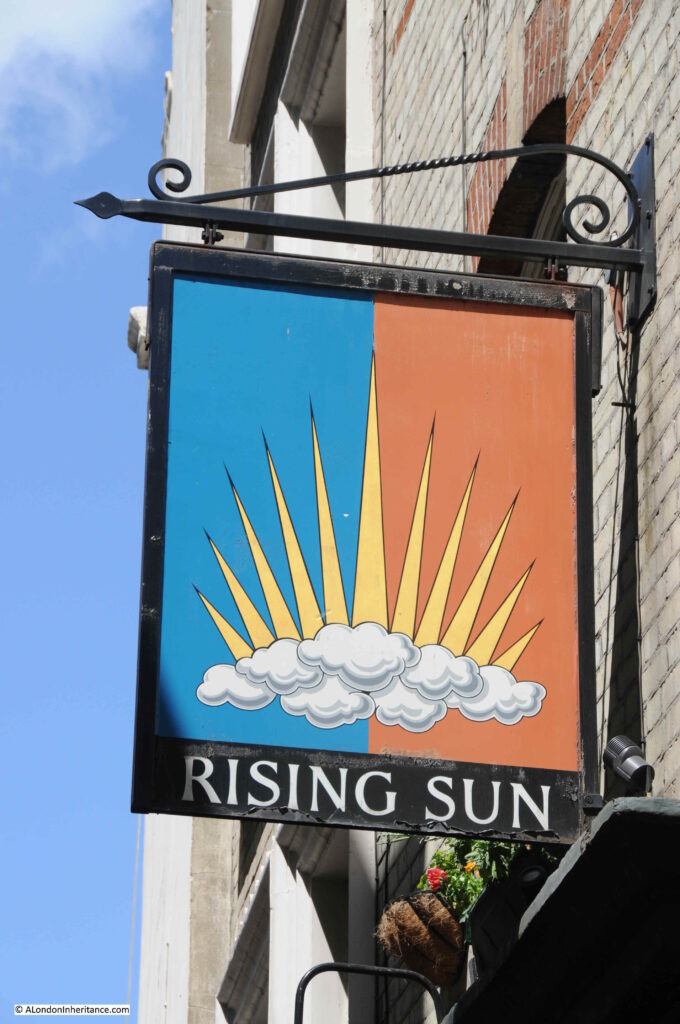
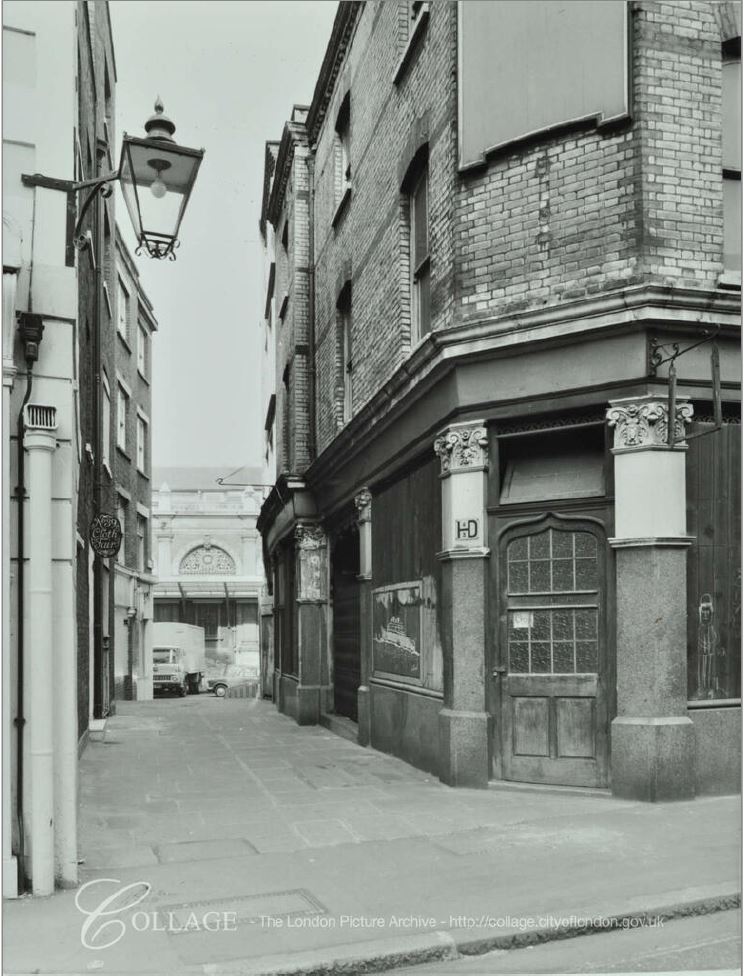


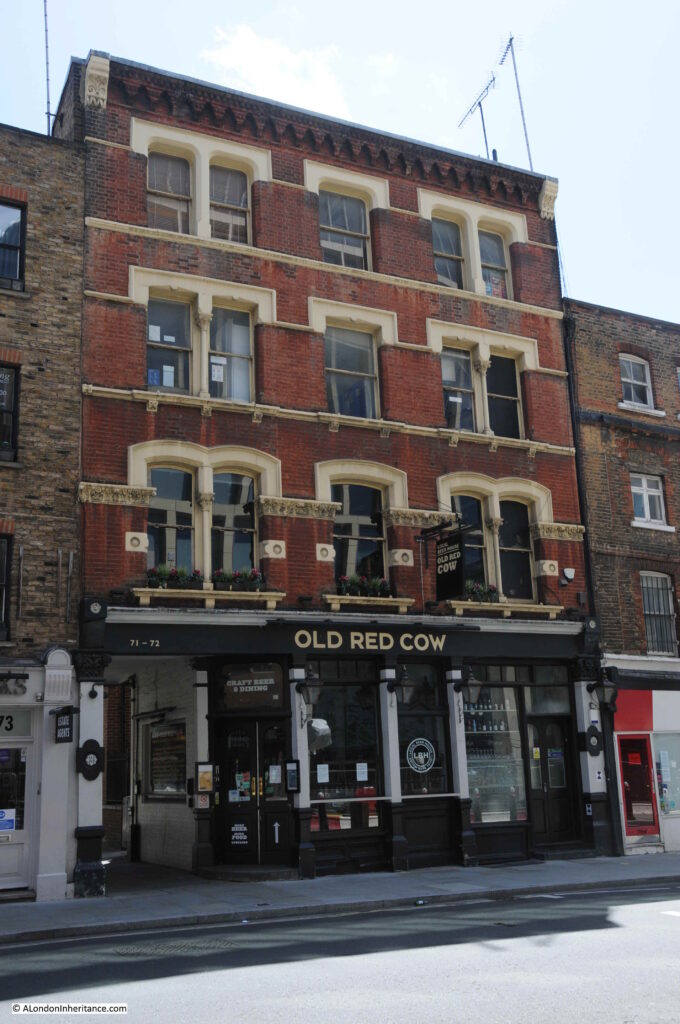

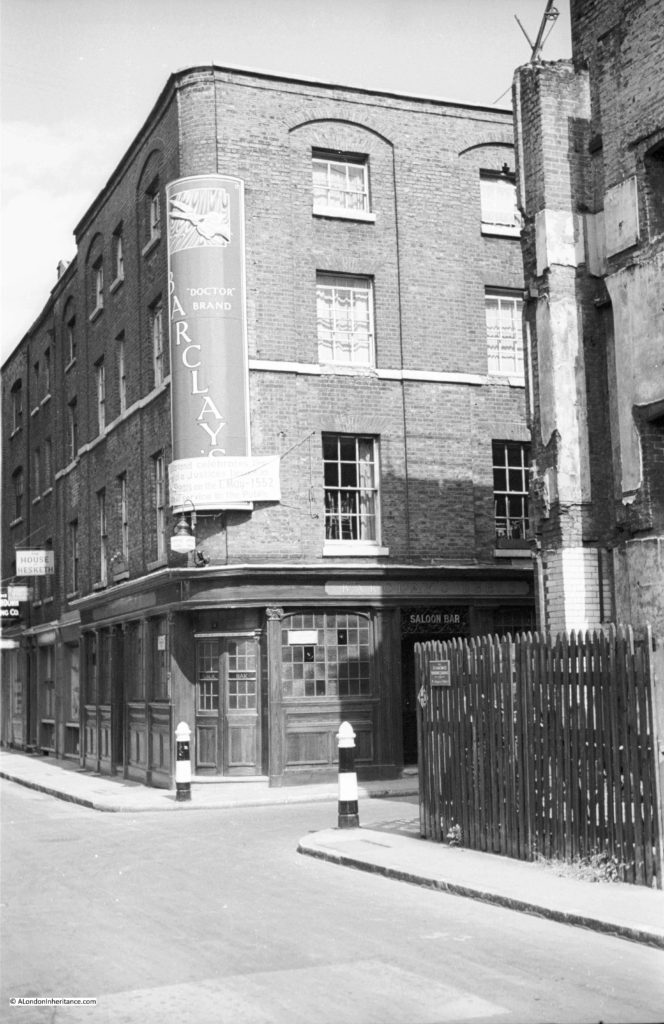

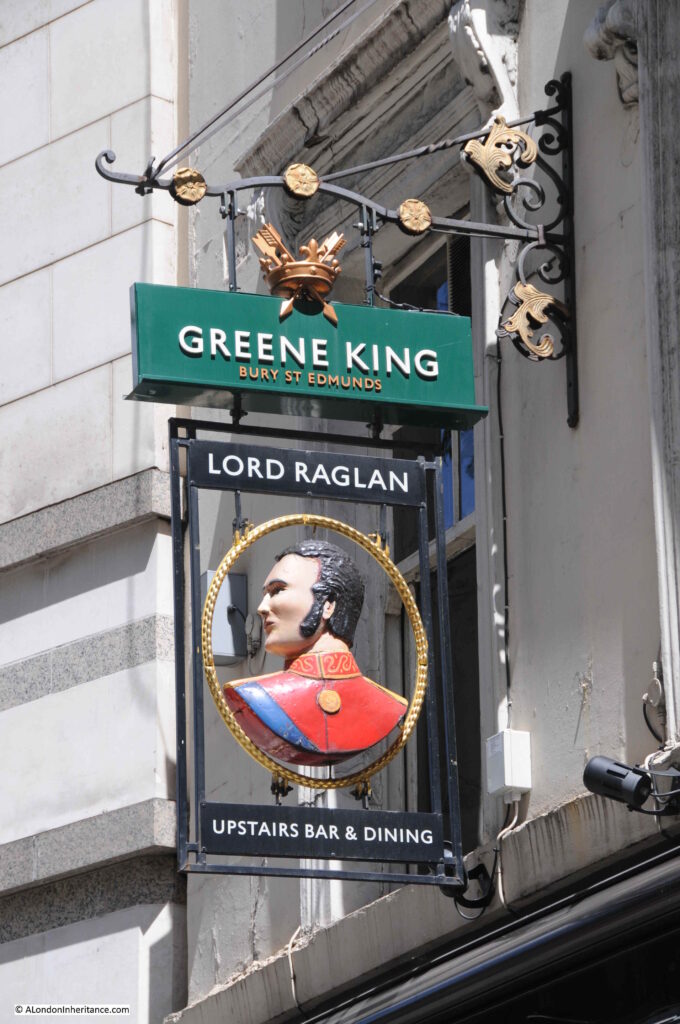
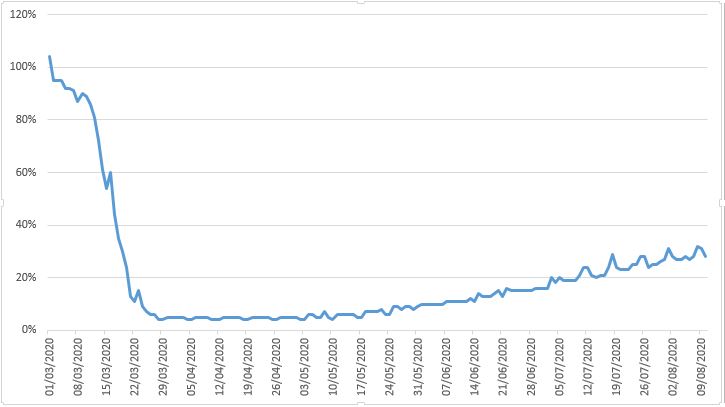
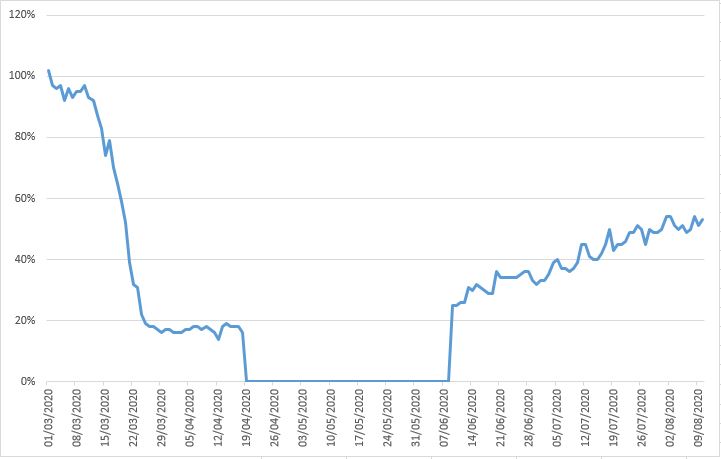
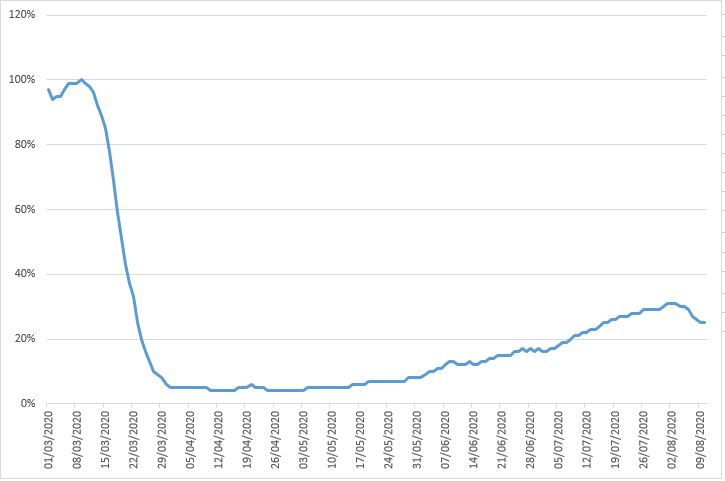
Oh dear – and after all the fuss I made on your last posting I ought to keep quiet on this one. These were all pubs I knew in the 1980s when I worked in – ‘in’ like ‘inside’ – Holborn Viaduct. I was only going to say that more than once me and my boss were thrown out of some of them on the grounds that we were unaccompanied ladies.
Great site really Look forward and enjoy the posts , can’t wait to visit London and some of the pubs soon.
Thanks so much for your posts about city pubs. We can only hope that people are able to return to live in the City when office buildings are repurposed and it can come alive again and its pubs return to their former glory.
Love your posts. Had hoped the Barley Mow cnr Rivington St Shoreditch would come up but maybe another time.
So enjoy your posts on a Sunday am.
Now we have part 3 I am intending to walk your walk.
BTW I took my first tube journey on Wednesday , Northern Line at circa 10.30am – tube was empty but the streets around London Bridge and Borough Market were rammed. Perhaps people are folowing advice and walking and cycling -there maybe yet office life post Covid.
Thanks for the information. London is costly yet beautiful. Definitely going to visit London Pubs after reading this wonderful article.
“I will aim to take a walk around the same pubs as I have covered in these three posts in five years time. I hope I will find they are all still in business.“
I admire your long term perspective. Bravo for this informative, enjoyable work. I imagine an article sometime in the far future, next century perhaps, quoting your accounts “written during the plague of the early 21st century.” Thus, your efforts at documenting London history add to that history over time and become embedded in it.
I cannot wait until I am free again to take up my own exploration of this most illustrious and fascinating city! It is the best in the world, by so many measures.
Thanks very much!
-Robert
Lugano, Switzerland
Regarding the ‘Bishops Finger ‘ (Rutand). This pub used to serve the Smithfield meat market and as a result had some rather odd licencing hours. It was open for the start of trading at the meat market, quite early in the day, but closed in the evening. I used to work nights at the ‘Faraday’ exchange in Queen Victoria Street, and we would go there for food during the night. Also some of the local cafe’s were also open. The other markets had similar arrangements over opening hours. Cafe’s in Fleet Street were open for food on night shift as well.
Had many English breakfast with Eric Evan’s, then dean of St Paul’s. Wonderful memories and good Guinness
Another wonderful article thank you so much for bringing all these great pubs to our attention.
Terrific post, every word. Thanks from Canada’s west coast for such an interesting start to the day.
You noted that the St Barts building on the corner of West Smithfield and Long Lane had ‘Erected 1885’ and ‘Established A.D. 1825’. The address of the building seems to be 66 West Smithfield. Kelly’s 1895 London Street Directory has the occupant as ‘Hill & Sons, bankers & agents to cattle salesmen’ (http://specialcollections.le.ac.uk/digital/collection/p16445coll4/id/27801/rec/19). According to https://archiveshub.jisc.ac.uk/data/gb386-a/49, Hill & Sons was a private bank that was established in 1825 and was taken over by Lloyds Bank in 1911.
Ahhh The Rising Sun was my favourite pub too, hidden away down an alley behind the church like going back in time.Great to walk from there on an autumn evening through the deserted arches of the street that runs through Smithfield market.
Really interesting post finishing off a great “mini-project” on the City’s pubs. The transport stats also very illuminating albeit slightly depressing due to the low activity and the possible indications for the future. hopefully the majority of pubs will still be trading in 5 years.
Another very enjoyable read – thank you again.
I was intrigued by the Hoop & Grapes claiming to be one of the sites of the infamous Fleet weddings. By the early 18th century the Fleet weddings accounted for about 6,000 out of 47,000 for the whole of Great Britain each year. The priests were often defrocked or simply bogus and the couples often had things to conceal (pregnancy, bigamy, underage, etc.) The whole system was so out of control that it was terminated by Act of Parliament in 1753 which required banns to be published or a licence obtained. The Hoop & Grapes became a public house in 1831 so it cannot have hosted any Fleet marriages. Perhaps in its previous incarnation as a vintner’s it might have had a brief period (about 30 years) where marriages might have been conducted.
The lack of customers is indeed a concern for the long-term survival of many of these pubs. But it is a double-edged sword as you imply. Perhaps there will be a brake applied to the runaway, speculative development that is trashing so much of London. The proposed redevelopment of Truman’s Brewery is an example that springs to mind – a proposed monstrosity of glass and steel with no reference to the historic fabric. I would hate to see historic pubs shut but if it forces a fundamental rethink that might be a price worth paying. The drawback is that the Mayor of London now has much less power over planning decisions as that authority has been grabbed by the present government in a shameless move to centralise control. Hence the scandal of Jenrick’s ‘accommodation of a huge development on the Isle of Dogs. At least that one was judged illegal even if he didn’t resign!
I know most of these pubs from the time I spent working in Cloth Fair in the early 90s.
The Rising Sun was especially popular during the several weeks when filming was in progress in the church. Many of the actors were smartly dressed in Morning Suits, and it wasn’t until much later that I realised the handsome young bloke in the group was the then largely unknown Hugh Grant. They were filming ‘Four Weddings..’
I see The Seven Stars on the map but not described. Hope you have a chance to feature this lovely, funky and historic pub on Carey St.
Great three posts!
There is a famous list of City pubs visited in a pub crawl by characters in Iris Murdoch’s first published novel Under the Net (1954). I haven’t checked against all those listed in your posts, but in order they go:
Viaduct Tavern
The Magpie and Stump
The George
An unnamed Younger’s house on Ludgate Hill
Short’s, St Paul’s Churchyard
An unnamed Henekey’s house, Freeman’s Court
The Tavern, Watling Street
The Skinners’ Arms, junction of Cannon Street and Queen Victoria Street
The pub crawl ends at that point, where the characters have several drinks and buy 4 half bottles of brandy to sustain them after closing time. They end up by swimming in the Thames at three in the morning.
The Younger’s pub is the Ye Olde London though ‘Ye’ and ‘Olde’ are relatively modern affectations.
It started life as the London Coffee House Tavern in 1749 and may have been rebuilt in the 19th century.
Hi, The posts are great, thank you . There is nothing better than a stroll round the pubs of London. They have so much history to them. One of my favorite pubs is the Princess Louise on Holburn, I believe named after Queen Victoria’s daughter, great tiling and kept a traditional pub feel.
HELP
HAVE YOU EVER HEARD OF APUB HOTEL CALLED THE WELCOME IN JEWIN STREET CRIPPLEGATE
CITY OF IONDON. AROUND ABOUT 1930 TO 1940
IF SO COULD YOU LET ME KNOW THANKYOU
DAVID AYRES CRIPPLEGATE
David, not sure there was a Welcome pub or hotel in Jewin Street, but there was a Welcome Institute. Founded by Miss Eleanor Seton-Karr around 1887 for working women and girls in the City of London. The institute included a restaurant, and “facilities for recreation, study and amusement”. It was still running in 1937, so I assume was a casualty of the war. Hope that helps.
Very reflective article on the fate of so many London pubs and way of life.